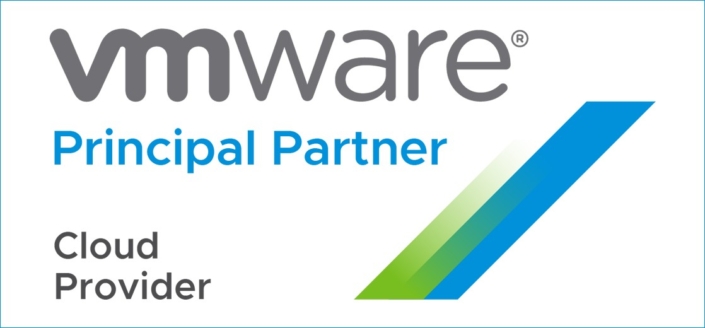Cloud Di Industri Fintech, Bagaimana Implementasi & Manfaatnya?

Dalam beberapa tahun terakhir industri financial technology (fintech) sedang tumbuh dan berkembang di Indonesia. Berdasarkan data yang dikutip dari ey.com, tingkat adopsi fintech secara global terus tumbuh hingga 17% sejak tahun 2015. Hal ini merupakan dampak dari adopsi oleh pasar yang terus berkembang dan munculnya generasi millennial yang memiliki digitally minded dan techsavvy.
Keberhasilan industri keuangan atau finansial sebagai yang terdepan mengadopsi layanan Teknologi Informasi (TI) menjadi barometer bagi industri lain untuk mengikuti langkah yang sama. Termasuk penerapan teknologi cloud yang kini telah memiliki peranan penting dari industri fintech yang mengadopsinya. Sebelum kita membahas lebih jauh mengenai implementasi dan manfaat teknologi cloud bagi industri fintech, kita akan bahas terlebih dahulu pengertian dari fintech itu sendiri.
Pengertian Fintech
Menurut National Digital Research Center di Dublin, Irlandia mendefenisikan financial technology atau fintech sebagai “innovation in financial services atau “inovasi dalam layanan keuangan”. Definisi tersebut memiliki pengertian yang sangat luas, perusahaan fintech dapat menyasar segment perusahaan/korporasi (B2B) maupun ritel (B2C).
Pada dasarnya keberadaan fintech bertujuan untuk membuat masyarakat lebih mudah mengakses produk-produk keuangan, mempermudah transaksi dan juga meningkatkan literasi keuangan. Di Indonesia, fintech memiliki banyak jenis antara lain untuk layanan pembayaran, peminjaman (lending), perencanaan keuangan, investasi ritel, pembiayaan (crowd funding), remitansi dan riset keuangan.
Implementasi Cloud Di Industri Fintech
Dahulu sebagian besar inovasi Teknologi Informasi (TI) pada industri finansial berfokus pada sector operasional dan internal. Tetapi setelah era mobile masuk dan digunakan secara massal oleh semua pihak maka fokus inovasi TI beralih ke pelanggan atau konsumer. Kenapa hal ini terjadi? Karena semua orang termasuk pelanggan menginginkan adanya sebuah solusi yang nyaman, cepat dan mudah untuk digunakan.
Berikut beberapa pemanfaat teknologi cloud yang diimplementasikan oleh industri fintech karena mampu memberikan optimisasi and percepatan dalam mendukung bisnis fintech:
- Proses provisioning yang lebih mudah dan dinamis
- Mampu mengolah dan mengelola data yang lebih besar
- Teknologi analitik yang lebih mutakhir
- Penerapan katalog yang self-service dan otomatisasi pada level DevOps
- Ekosistem penyedia layanan cloud yang sudah mature

Sebagai salah satu penyedia layanan cloud berbasis IaaS di Indonesia, Zettagrid menyediakan produk dan solusi cloud yang bisa dimanfaatkan oleh perusahaan berbasis fintech untuk mendukung bisnis mereka dari sisi infrastruktur TI. Zettagrid adalah penyedia layanan cloud pertama yang menggunakan platform virtualisasi mutakhir dari VMware dengan sertifikasi PCI DSS dan ISO 9001. Ditambah lagi dengan solusi backup dan disaster recovery yang menggunakan teknologi Veeam, Zettagrid merupakan pilihan mitra yang tepat bagi perusahaan fintech untuk membantu pengelolaan infrastruktur TI sehingga lebih agile, reliable dan aman.
Untuk informasi lebih lanjut mengenai produk dan layanan cloud bagi industri fintech silahkan kontak kami ke sales@zettagrid.id atau hubungi di +62-811-28-38-78. Kami siap untuk membantu Anda!
Source: mytechdecision, ey.com, finansialku.com
Twitter [wp-svg-icons icon=”twitter” wrap=”i”] LinkedIn [wp-svg-icons icon=”linkedin” wrap=”i”]
Ada pertanyaan? Hubungi kami untuk solusi cloud industri fintech!
[gravityform id=”48″ title=”false” description=”false”]







